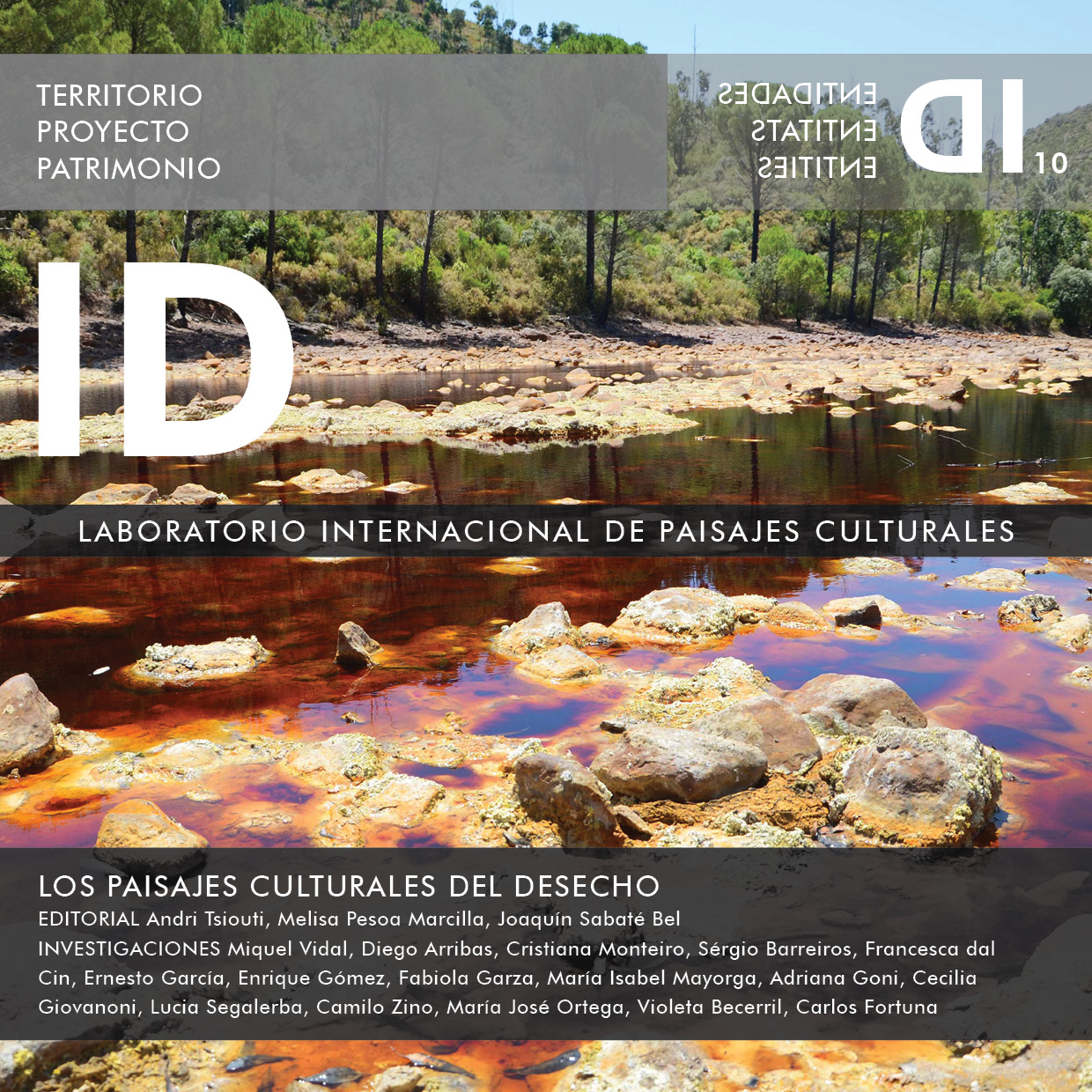REACTOR CIUDAD VIEJA. FROM ABANDONED PROPERTIES TO URBAN COMMON GOODS
Collaborative Urbanism Laboratory in the Historic Center of Montevideo
DOI:
https://doi.org/10.5821/id.10772Abstract
In this article the research group Reactor Historic Centre Urban Laboratory (FADU- UDELAR), analyzes the planning process taken ahead in the last two years with the Urban Development Department of Montevideo’s city hall, around the renewal of empty buildings. The process demonstrated the sustainability of interventions based on associated management of the renewal processes with civil society groups and local government. The projects were organized around four main issues; Transformative Economies; Arts, culture and care; Ecology and Collaborative Housing. The results reached until now show how appropriate could be a pilot public programme as a way of renewing the urban strategies of intervention in central areas, as well as participatory models in urban management and the growing urban commons role into Right to the city challenges.
Keywords: common goods, collaborative urban planning, co-design, right to the city
Downloads
Published
Issue
Section
License
Copyright (c) 2021 Creative Commons

This work is licensed under a Creative Commons Attribution-NonCommercial-ShareAlike 4.0 International License.
Those authors who have publications with this journal, accept the following terms:
a. Authors will retain their copyright and guarantee the journal the right of first publication of their work, which will be simultaneously subject to the Creative Commons CC BY-NC-ND-4.0 recognition license that allows third parties to share the work provided that its author and its first publication are indicated in this journal, but they cannot be changed or used commercially.
b. Authors may adopt other non-exclusive license agreements for the distribution of the version of the published work (eg: deposit it in an institutional telematic archive or publish it in a monographic volume) provided that the initial publication in this journal is indicated.
c. Authors are allowed and recommended to disseminate their work through the Internet (e.g. in institutional telematic files or on their website) before and during the submission process, which can lead to interesting exchanges and increase citations. of the published work. (See The effect of open access).













